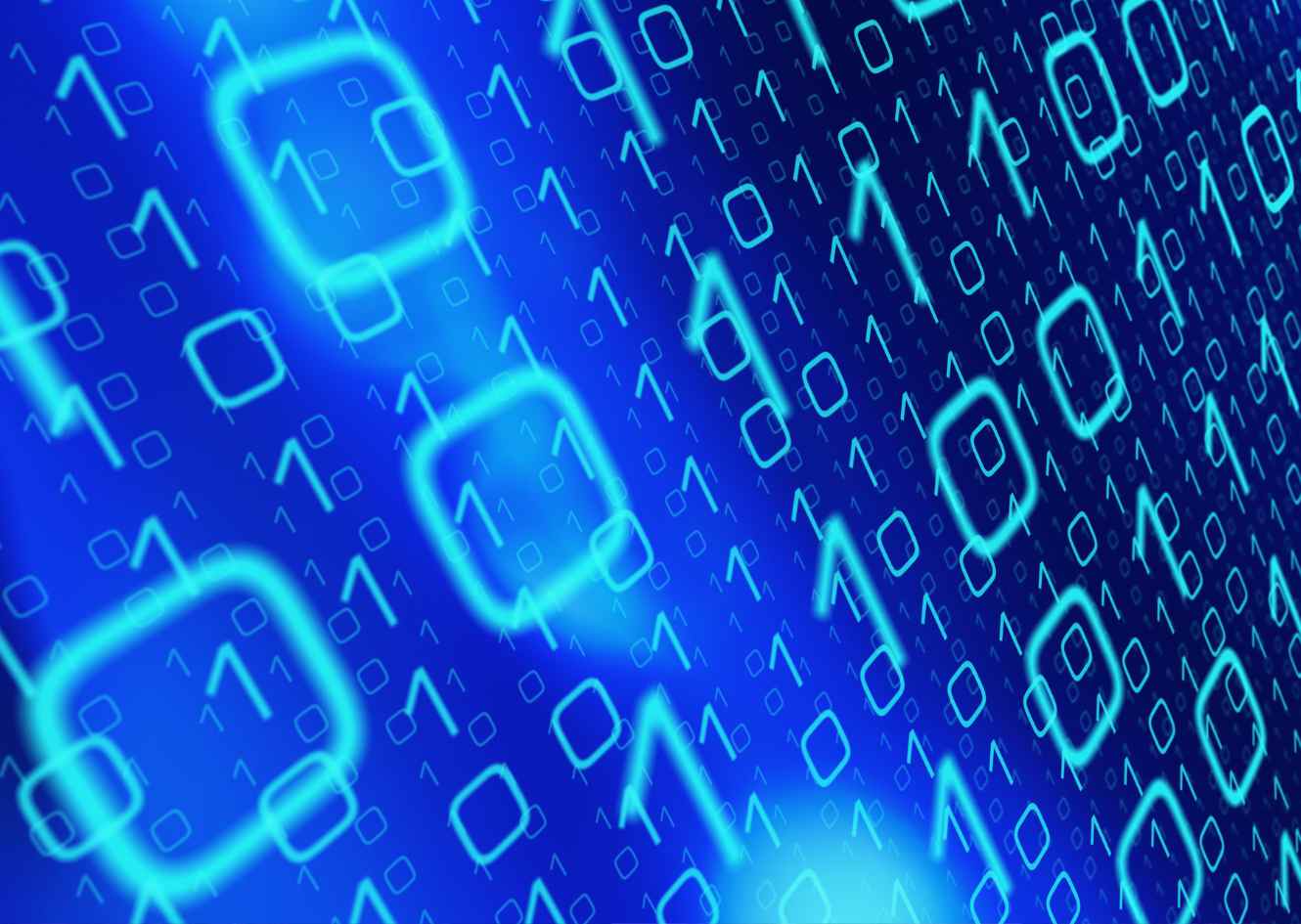The Journey From Shoonya To Zero Made Science Possible

The journey from the philosophical concept of ‘Shoonya’ to the mathematical invention of ‘Zero’ is a testament to how cultural, philosophical, and spiritual notions can lead to concrete scientific advancements. While ‘Shoonya’ and ‘Zero’ are distinct concepts, the former paved a foundational understanding that contributed to the latter’s inception.
Philosophical Foundation of Zero
‘Shoonya,’ in its philosophical roots, signifies emptiness or void. Ancient Indian thought, inspired by spiritual practices and texts, recognized ‘Shoonya’ as a state of nothingness, both in existential and material realms.
The recognition of absence, void, or nothingness in philosophical thought naturally posed a question in practical situations: How to represent this absence in tangible, worldly terms? This conceptual need laid the groundwork for developing a symbol for nothingness in numerical terms.
Shoonya, often translated as “emptiness” or “void” in English, holds a special significance in India’s yogic and spiritual traditions. Within this context, Shoonya doesn’t merely represent a mathematical zero or absence; it touches upon profound metaphysical and spiritual insights.
For Yogis like Sadhguru, Shoonya refers to a transcendent state of consciousness, one that is devoid of mental fluctuations, desires, and thoughts. It’s a space of absolute stillness and calm where the individual self dissolves into pure awareness. It is not just an absence of thought but an overwhelming presence of an all-encompassing consciousness.
In the state of Shoonya, dualities that typically define human experiences—like pleasure and pain, good and bad, right and wrong—cease to exist. One transcends these dichotomies and experiences a non-dual reality, an undifferentiated state of pure being.
Shoonya is also considered a gateway or a transitional phase leading to higher states of consciousness. By immersing oneself in the Shoonya space, a practitioner can touch deeper dimensions of existence, often referred to as the realm of the infinite or the boundless in various spiritual traditions.
In some Indian cosmologies, the universe is believed to emerge from the state of Shoonya and eventually return to it, making Shoonya both the beginning and the end, a space of infinite potentiality. It’s akin to the seedbed of creation, an unfathomable depth from which all life springs forth and to which it returns.
Metaphysical to Practical
The practice of diving into ‘Shoonya’ during meditative states required practitioners to visualize and engage with the concept of emptiness mentally. This regular engagement with ‘Shoonya’ at an experiential level could have reinforced the practical need to represent it.
Indian astronomers and mathematicians, while calculating planetary movements and creating calendar systems, needed a way to represent the absence of a value, especially in tabulations and algorithms. Given that they were often well-versed in philosophical and spiritual texts, their academic needs met a solution in the concept of ‘Shoonya.’
Symbolic Representation
The Indian place value system, which relies on position to give value to a numeral, inherently requires a symbol to represent the absence of a value in a particular position. The philosophical familiarity with ‘Shoonya’ made the transition to a mathematical placeholder smoother.
The earliest graphical representations of zero in ancient Indian inscriptions appear as a small dot. Over time, it evolved into a circle, resembling the notion of an all-encompassing void or ‘Shoonya.’
By the time of Brahmagupta in the 7th century CE, the mathematical treatment of zero was formally established. His work provided rules for arithmetic involving zero. The philosophical understanding of ‘Shoonya’ as both a state of emptiness and potential likely informed his approach to zero, both as a symbol for nothing and as an active participant in mathematical operations.
The Zero Impact
Zero made the decimal place value system efficient and effective. With zero, performing large calculations would be manageable. Algorithms for basic arithmetic, algebra, and beyond depend on it. The concepts of infinitesimally small quantities and limits in calculus hinge on its understanding zero. Without it, the entire edifice of calculus, developed primarily by Newton and Leibniz, would collapse.

Many physical laws, from kinematics to thermodynamics, involve mathematical equations where zero is crucial. For instance, the Zeroth law of thermodynamics establishes thermal equilibrium, which is essential for temperature measurement.
Binary code, the foundational language of digital computing, is built upon combinations of zeros (0s) and ones (1s). The concept of ‘null’ in programming languages is an evolution of the idea of zero, representing the absence of value.
The point of reference in many coordinate systems, essential for mapping space and understanding celestial mechanics, is often set to zero. It is pivotal in data representation, statistical models, and financial calculations. It represents null growth, base year in indices, or the absence of change.
Beyond the scientific realm, zero prompted philosophical discussions about the nature of the void and the concept of infinity. The idea of something coming from nothing, or the existential concepts of void and emptiness, are pivotal in various philosophical and spiritual discourses.
The invention of zero in mathematics is a clear instance of how profound philosophical ideas can influence and shape practical advancements. While the direct step-by-step evolution from ‘Shoonya’ to ‘Zero’ might not be linear, the conceptual foundation laid by the former was undeniably pivotal in the emergence and acceptance of the latter. The cross-pollination between spiritual thought and mathematical needs showcases the integrative richness of ancient Indian intellectual traditions.
